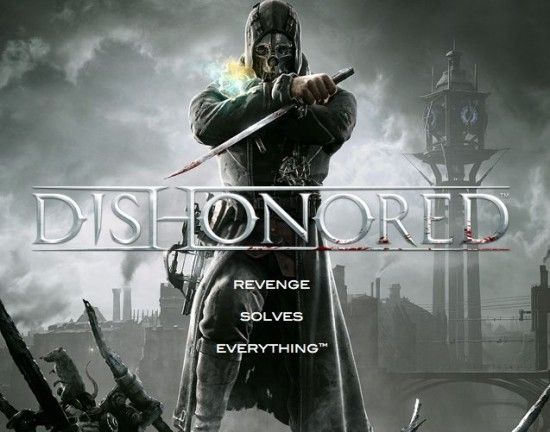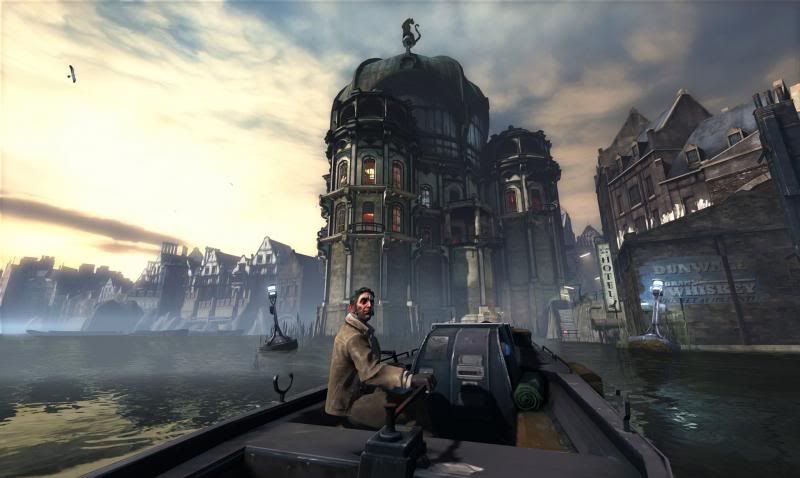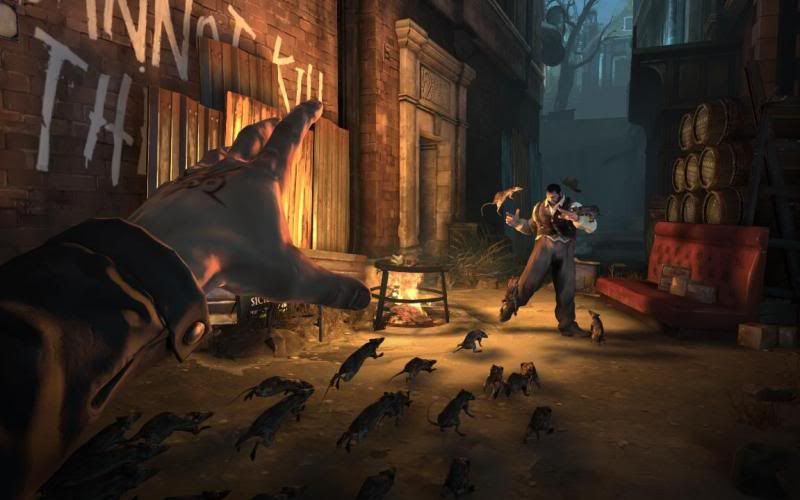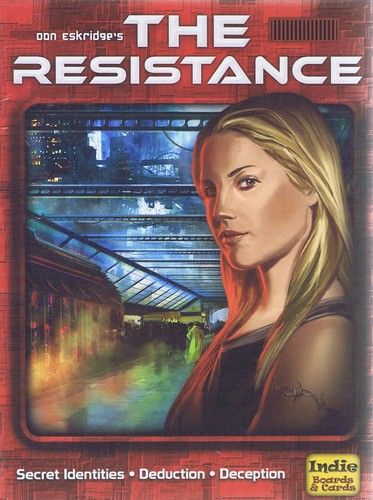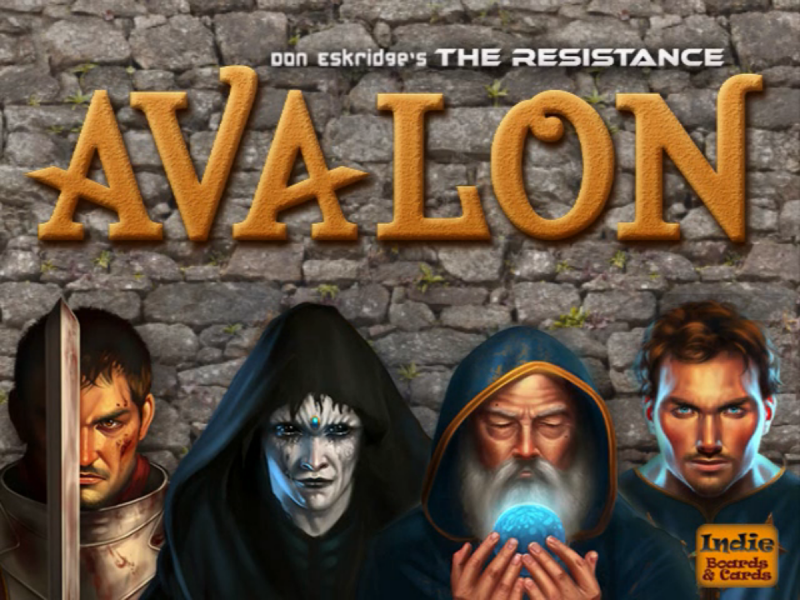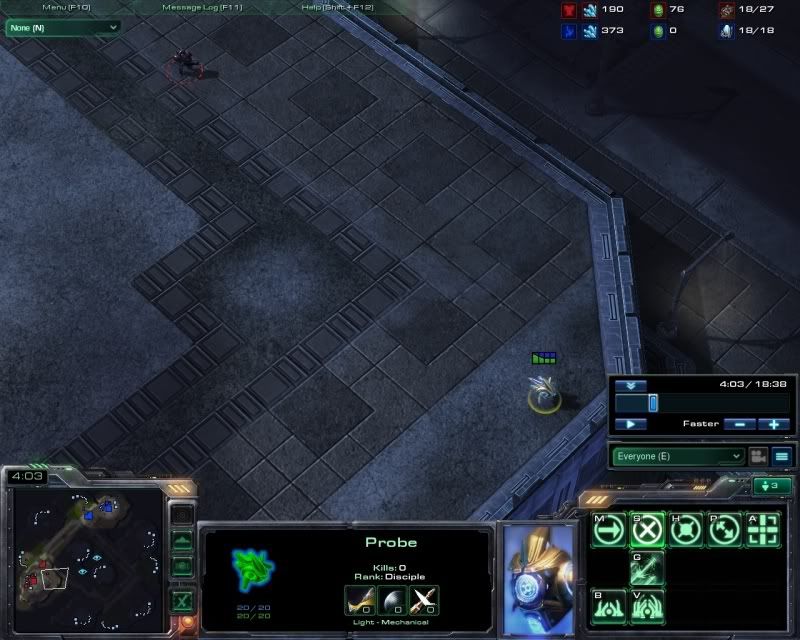
Probes aren’t just adorable – they’re essential.
There are really only two games I’d consider playing competitively on a regular basis. I don’t think I have the skills to play a first-person shooter anything but casually in multiplayer, and while I used to play CounterStrike in university, I can’t see myself devoting the time necessary to the game now, let alone coughing up money every year for the latest iteration of the best “spunk-gargle-weewee” game around. I’m also not one for fighting games like Street Fighter; again, I’m much more casual with that sort of game, and Divekick is more my speed with that sort of thing. The two games I look towards as a true test of my skills and that engage me enough to drive me to improve constantly are Magic and Starcraft. While I still want to return to Legacy in Magic, Standard will be more economical, but that’s a post for another time. Even more economical is StarCraft 2 – unlike Warhammer or Warmachine, there’s no miniatures to buy or paint, and no need to find a table big enough to play on. The only investment required is time. And lean tissue in the brain.
Getting back into StarCraft 2 after a long break isn’t easy for anybody. Heart of the Swarm has hit since I last played on the ladder, and that may have changed things up drastically. My only recourse is to change with them, and that means starting over again, from scratch, to build myself back up into a better gamer. What I like about StarCraft as opposed to say, Magic, is that the random element is minimized and, on higher levels of play, non-existent. It’s entirely skill and strategy. But before I can get anywhere near that level, I have to get my bare bones basics nailed down. And that means mechanics. That means making workers.
Building workers is pretty much the foundation of any future play. It’s the fuel that runs a player’s engine in StarCraft. It’s the mana of Magic, the production certs of Axis & Allies, the planetary resources of Twilight Imperium. I can’t spend any time worrying about build orders or army composition counters or even the meta-game at large. Not yet, at least. As much as I love to tie my strategic and tactical gameplay into a greater philosophy or Sun-Tzu or something, there’s a reason soldiers start at boot camp and aren’t just shipped into combat. Eren in Attack on Titan doesn’t strap on the Three-Dimensional Maneuver Gear and get right to titan-slaying without some serious training. That’s the way it has to be for me, as well.
So I’ve looked up some notes on the changes to the game, watched some videos by Filter, and started drilling against the AI. Not to practice tactics, not to ensure wins, not to nail down build orders. I’m just making workers and basic units, focusing on the workers. So far, Terran and Protoss are going fine. Zerg, I’m struggling with. But I’ll get there. And when I do, at that point I’ll jump on the ladder and start fighting live opponents. Though ‘fighting’ may be a bit of a stretch, as all I’m likely to do is bunch up all of my basic dudes and lob them at the enemy with no real tactics involved.
Then again, I don’t think many people at Bronze level will know what to do when 50 Marines or 30 Zealots or 40 Roaches come knocking at their door en masse 10 minutes into a game. I guess we’ll see once I have my benchmarks nailed down.

